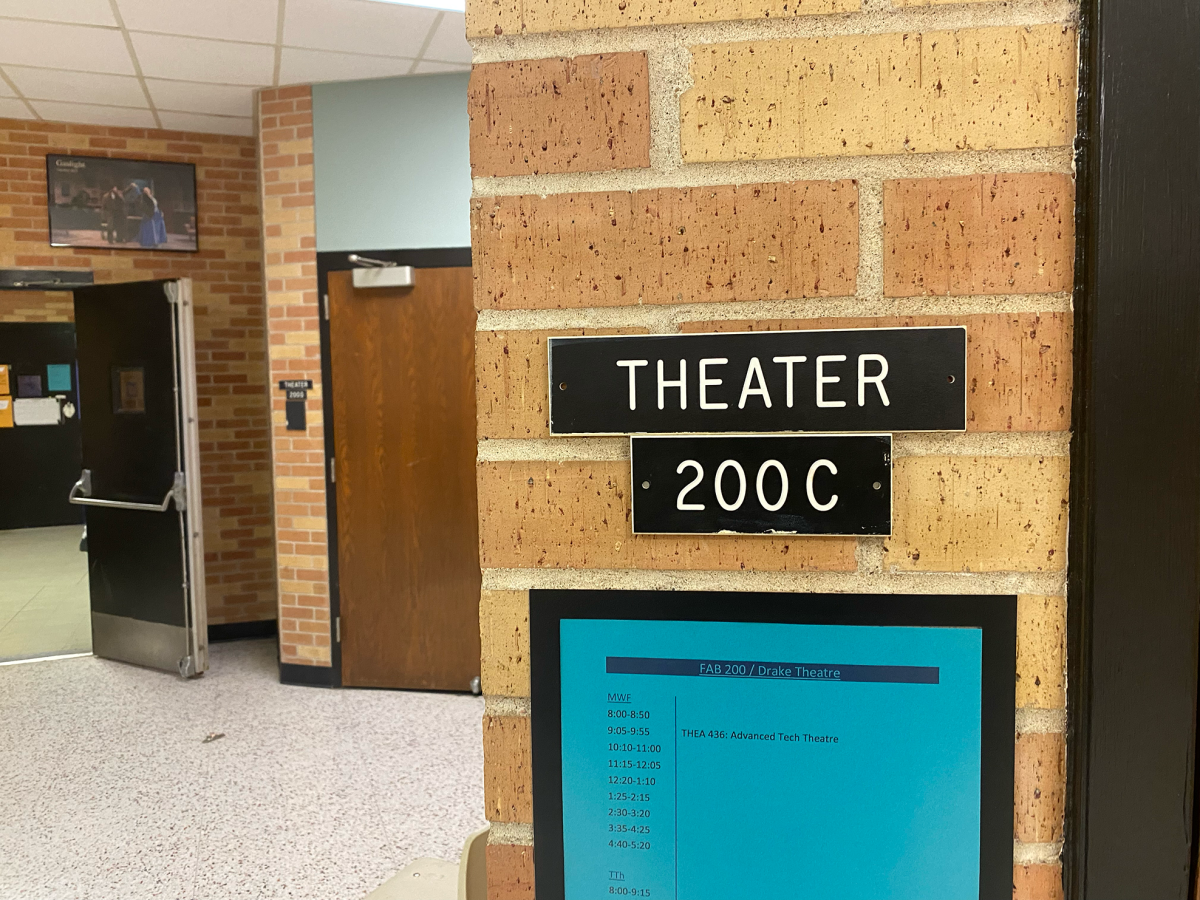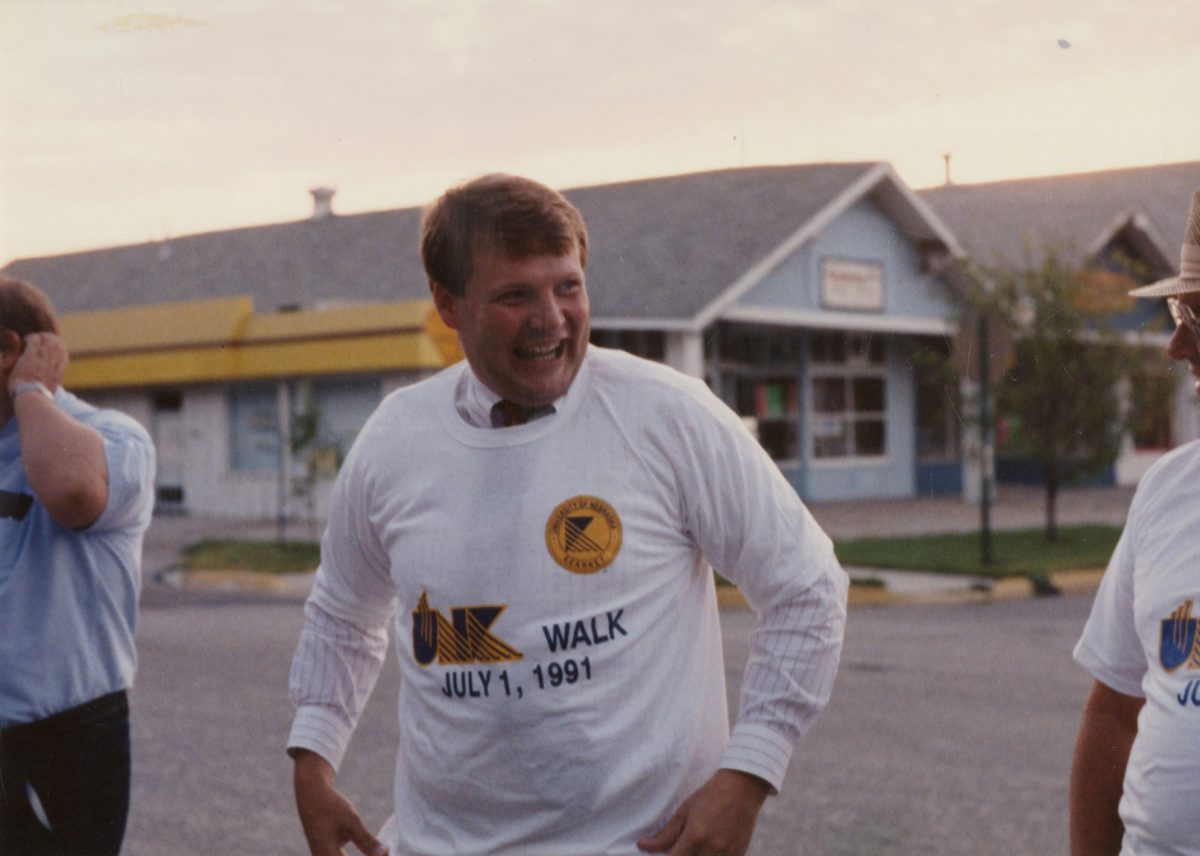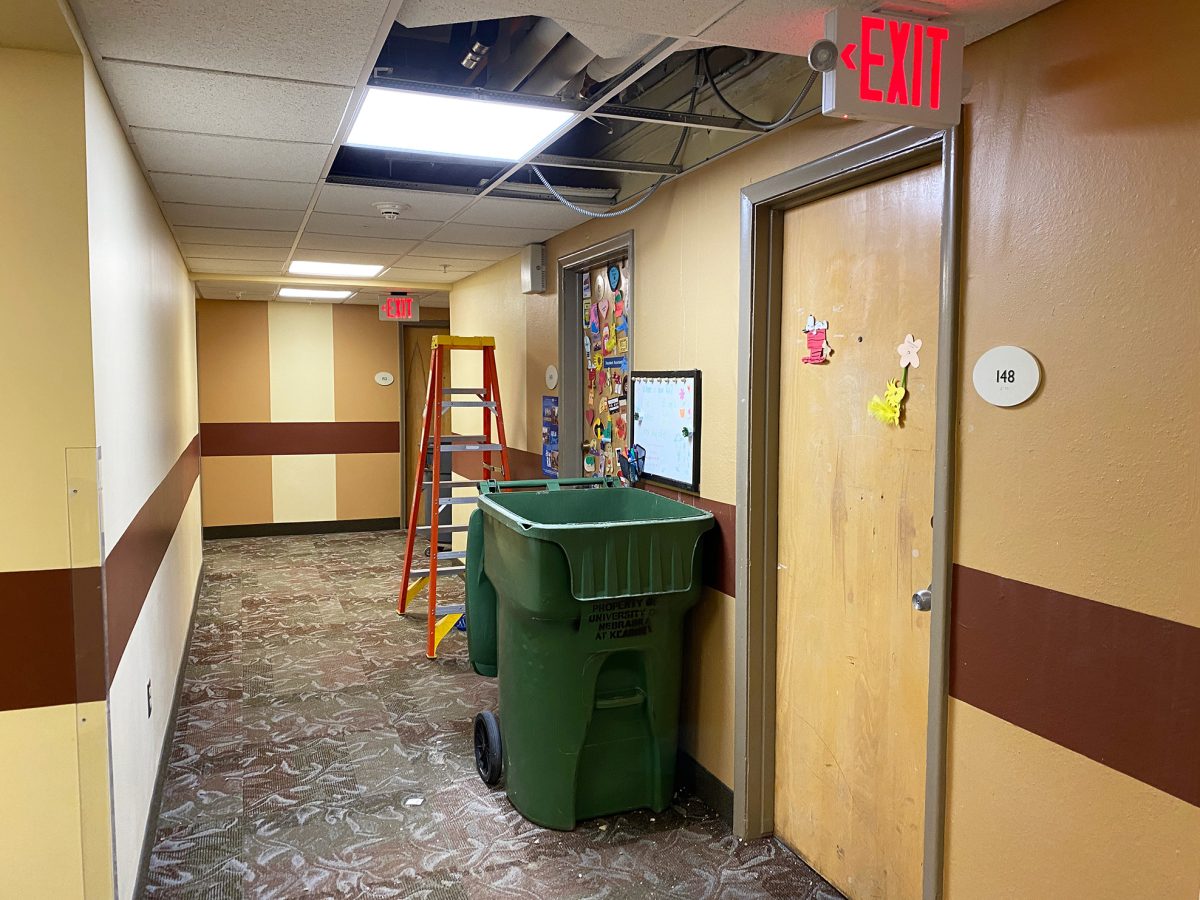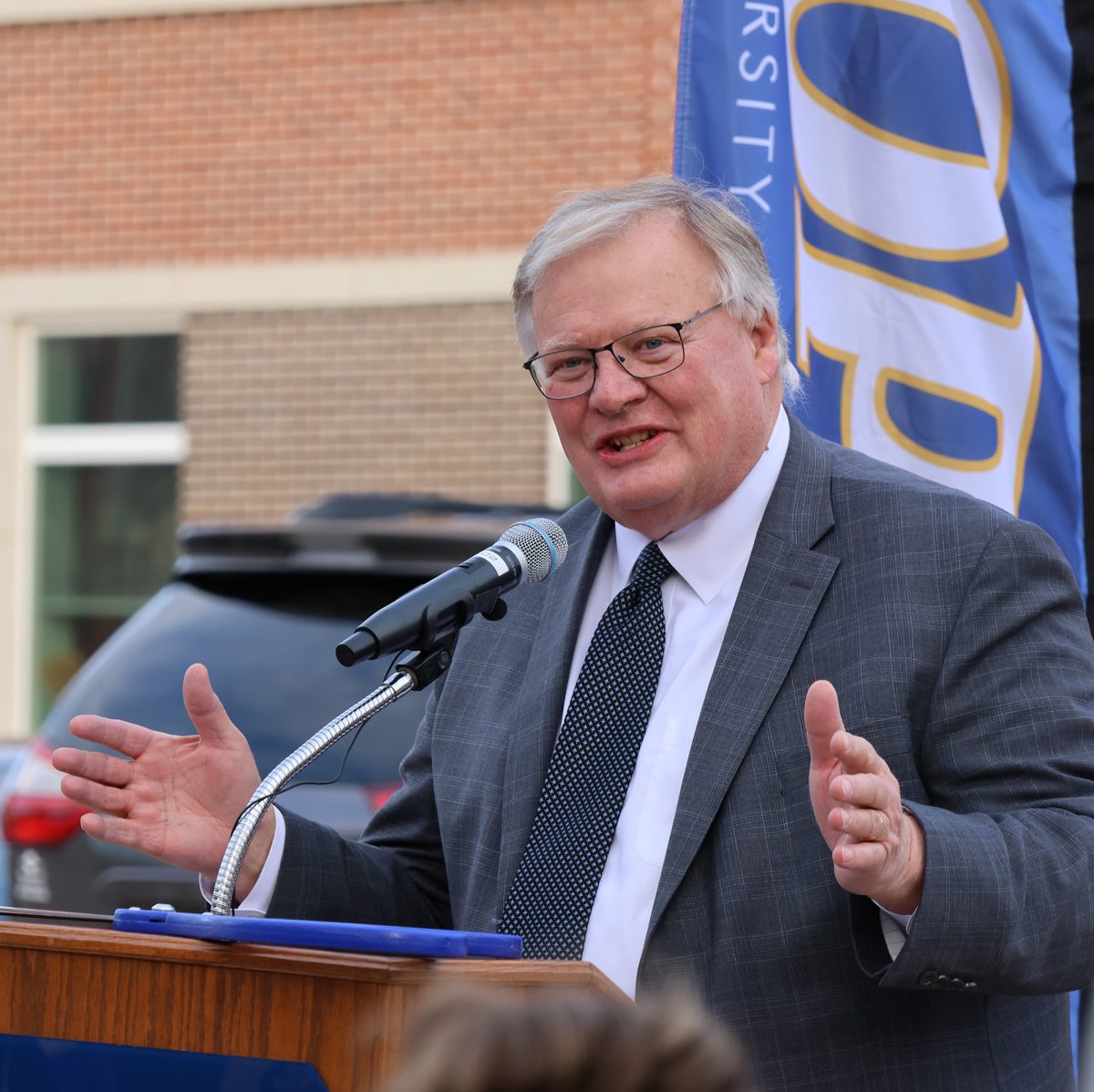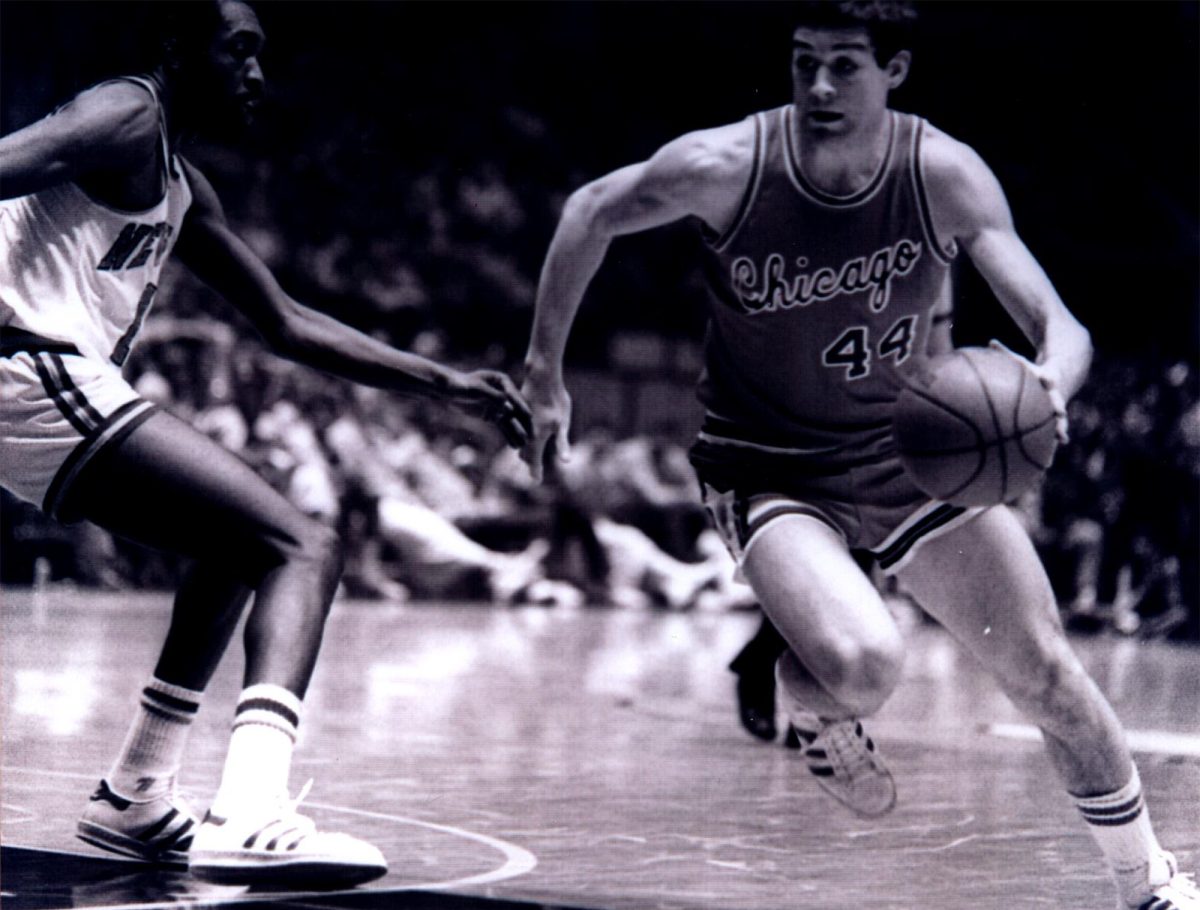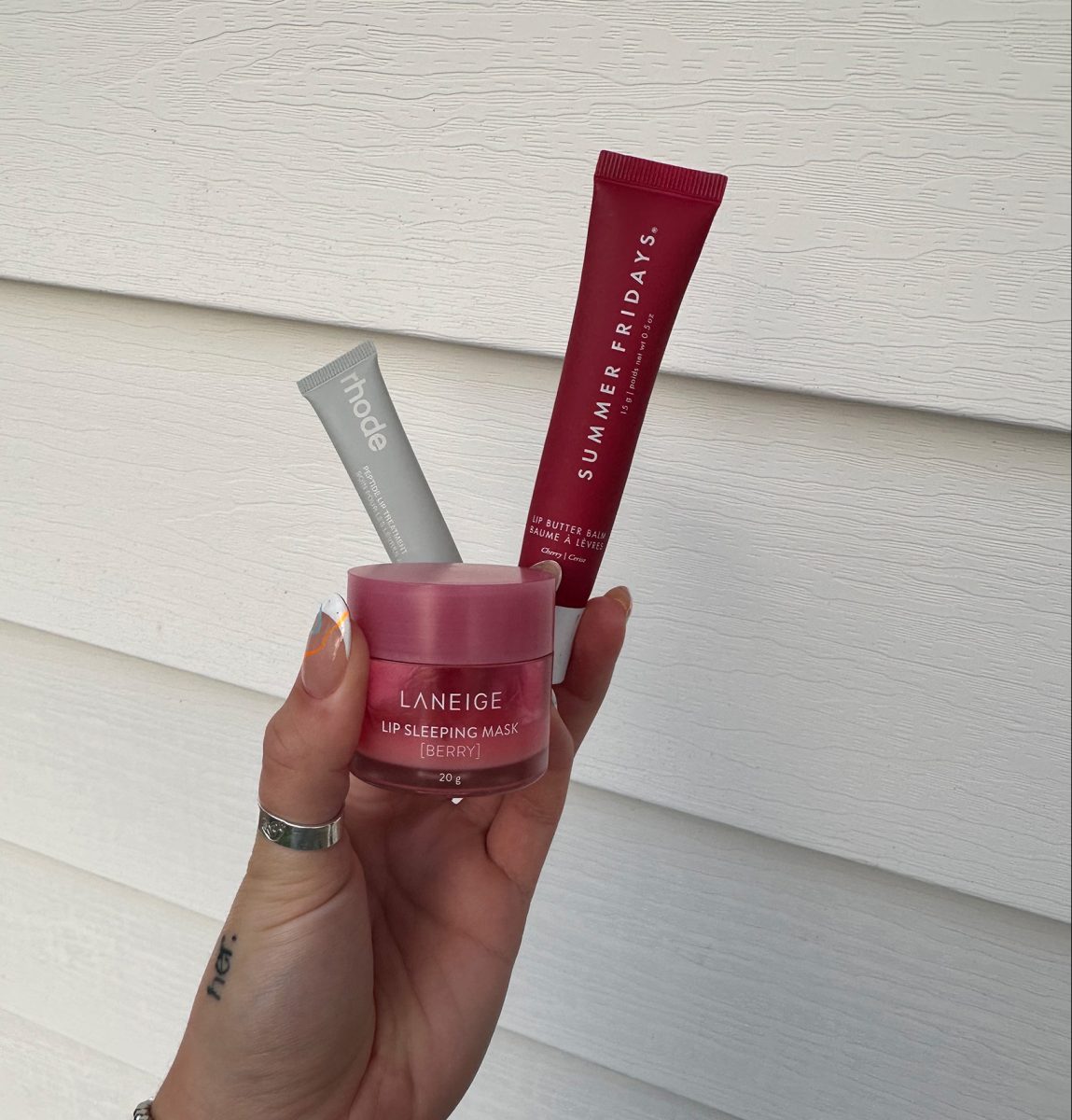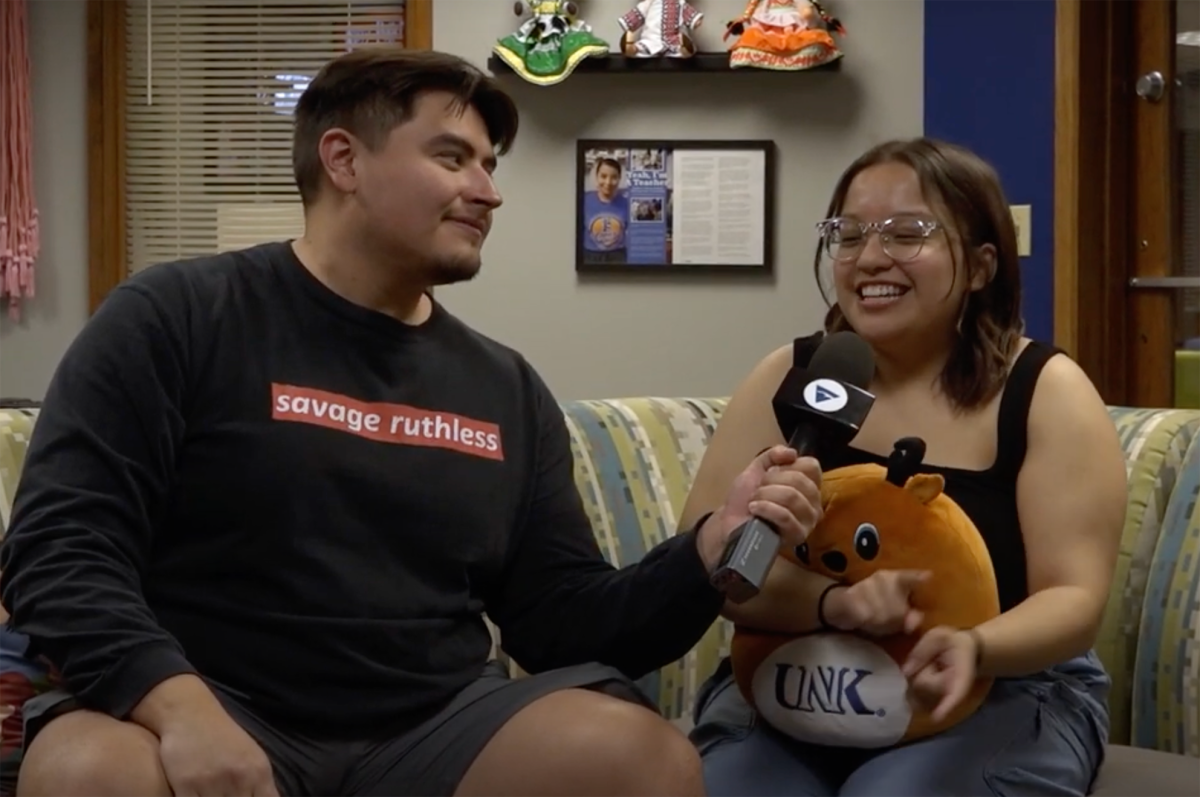Angela Balcom
Guest Writer
Angela Balcom submitted this story about the changing needs of aging baby boomers summarizing the meeting of construction and occupational therapy.
A construction worker walks up to the counter to buy supplies for a standard-sized door frame. Another construction worker is standing with a list of supplies needed for a doorway that a wheelchair will fit through.
The first guy asks the second guy “Why are you buying so many supplies?”
He tells him that, after receiving a request from an occupational therapy practitioner, he has to modify the doorframe so the person in a wheelchair is able to get into his/her own home.
Although the marriage of the medical field and construction may seem unrelated, sometimes opposites attract.
Occupational therapy (OT) is an area in the medical field that can benefit people of any age, people with any diagnoses and can help people to function at the highest of their abilities as independently as possible.
OT looks at the big picture, has a holistic approach and takes all aspects of a person’s life into consideration in order to promote the most optimal environment for improvement and function. Similarly, the construction field looks at the big picture and the keeps the consumer’s function in mind. Both OT and construction value the idea of universal design, which aims to design a product or environment and to plan for future accommodations to be beneficial or accessible to a variety of people with varying needs, including the elderly or people with disabilities.
Due to advances in medicine and the aging of the baby boomer generation, people are living longer, causing the elderly population to rise. Along with that, our nursing homes and assisted living facilities are rapidly reaching their capacities.
As the world moves forward, OTs are continuing to promote more independence for elderly individuals and for people with disabilities. Aging in place promotes keeping people in their own homes for as long as possible and benefits individuals by not placing them in an institution, giving the elderly a better quality of life. This also benefits the over-capacitated nursing facilities by lowering the numbers of incoming patients.
From a construction standpoint, universally designed homes are designed with the consumer in mind, keeping an open mind to what any individual may need throughout life, such as grab bars, railings, wider doorways, flush door thresholds, safe shower ledges or stairs for wheelchair accessibility. Designing a home universally can save on costly modifications for people as they age or develop a disability when they may no longer have the means to pay for the modifications.
How do OT and construction go hand-in-hand? OT and construction both promote quality of life and functional independence for people as long as possible. Therefore, an OT practitioner and a construction designer could have an effective marriage when they share the common goal of the consumer’s functioning and independence, helping consumers live their lives to the fullest. Sometimes, opposites really do attract.


